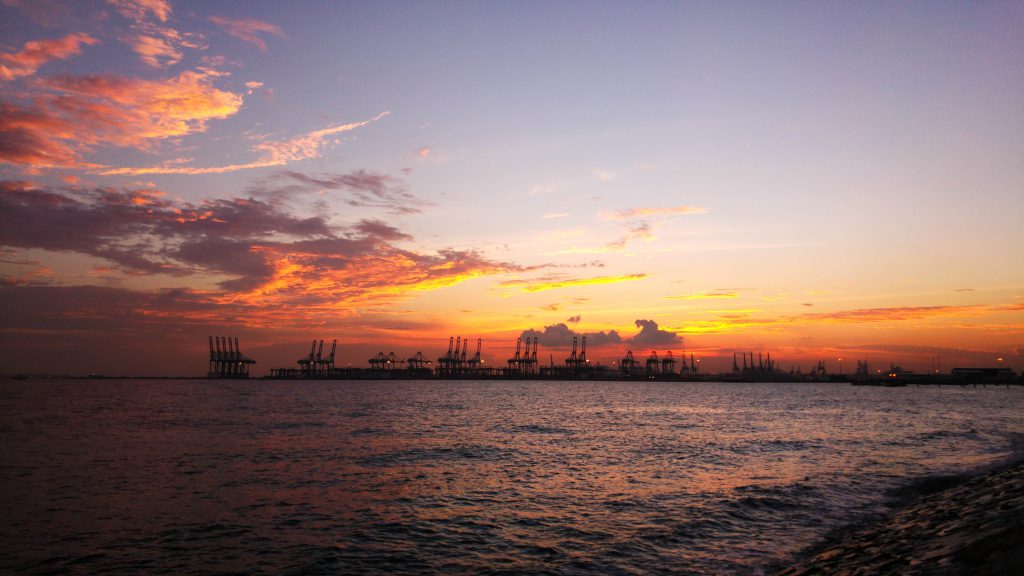Singapore: A Port City in Search of a Hinterland
April 5, 2019

In 1972, Singapore’s first foreign minister S. Rajaratnam laid out his aspirations for the city-state – Singapore was to become a global city with the world as its ‘hinterland’, or economic space. Today, these aspirations have materialised as Singapore’s trade to GDP ratio ranks the highest in the world. Professor Tan Tai Yong (NUS Department of History), in an editorial in The Straits Times, explains that Singapore’s search for a hinterland has origins dating back centuries and that its prosperity has always been due to its ability to adapt to shifting hinterlands.
From the 14th to 19th century, its hinterland constituted much of maritime Southeast Asia. Particularly during the 19th century, Singapore became a node of sea-based trading networks connecting Arab lands and India to the west, and China to the east. By the late 19th century, Singapore functioned as a trans-shipment centre which exported goods from the Malayan peninsular, Indochina, and the Dutch East Indies to the rest of the world. Then, during the merger years, where its Southeast Asian neighbours became increasingly protectionist, Singapore saw a land-based hinterland in Malaysia. However, the short-lived merger forced Singapore to look towards the world. The pivot towards a global sea-based hinterland clearly paid off as Singapore is prospering as a thriving global port city today.
Beyond economic implications, being a port city also entailed political, cultural, and social changes. Prof Tan notes Singapore’s juggling act as it is challenged by the tensions between satisfying the requirements of an international clientele vis-à-vis the interests of its local citizenry. Successfully navigating this issue as a nation and a country will be the key to survival in its current state.
Read the article here.
